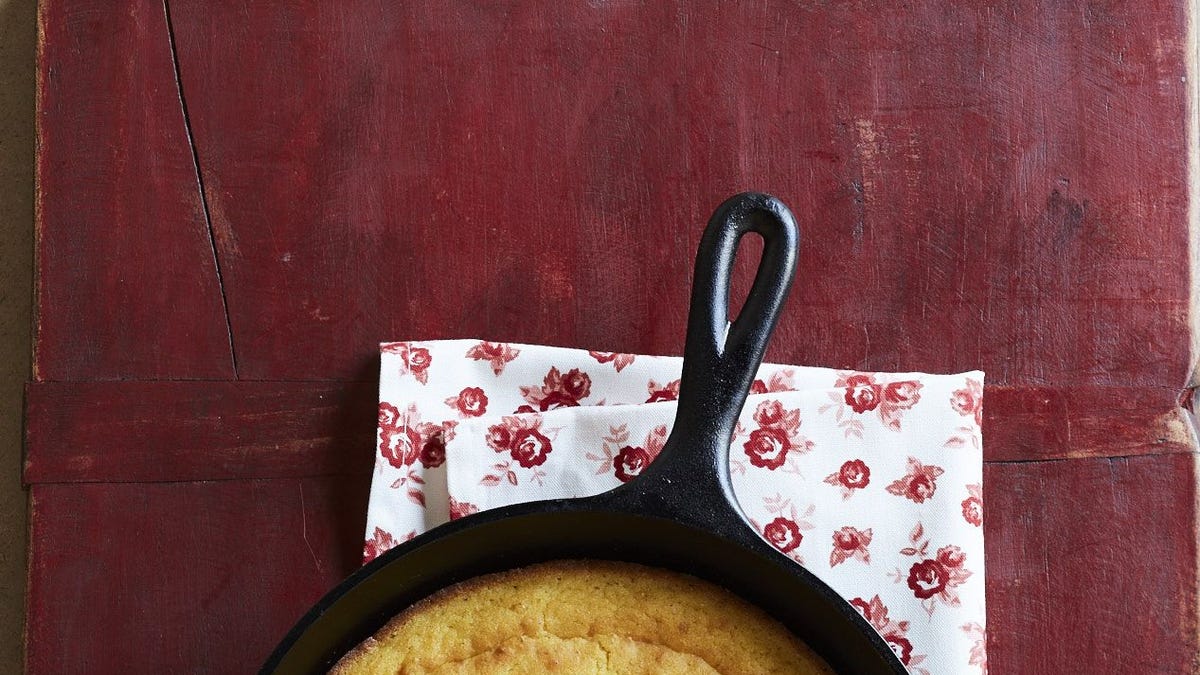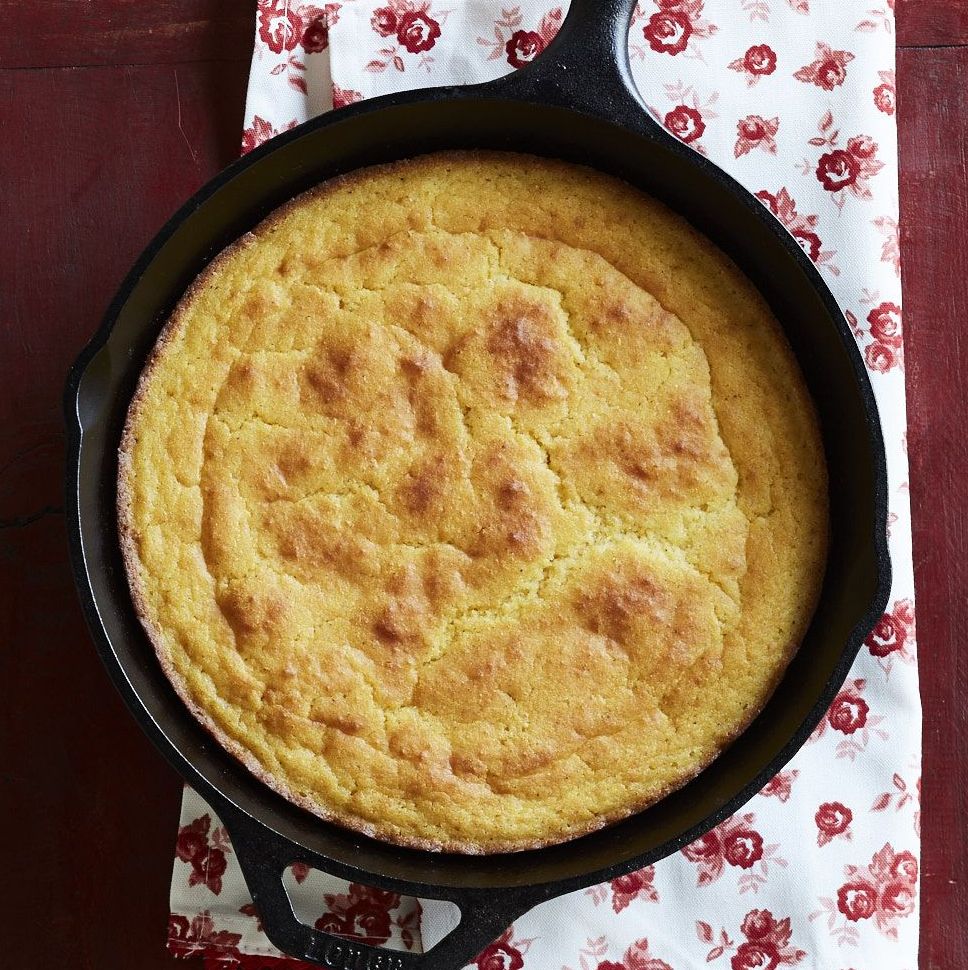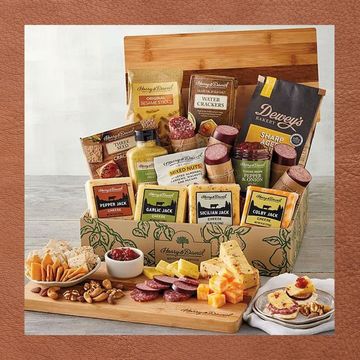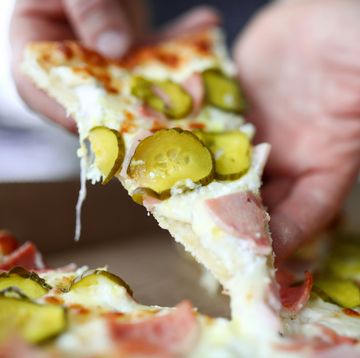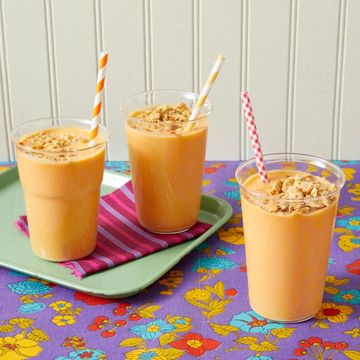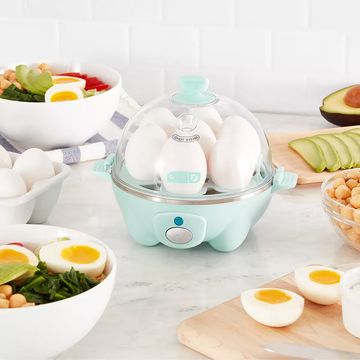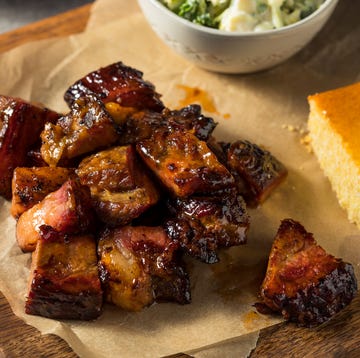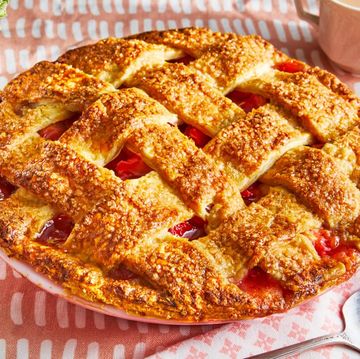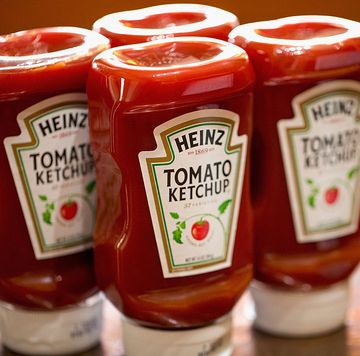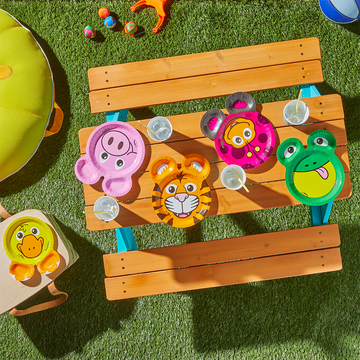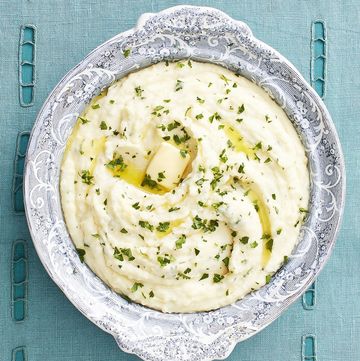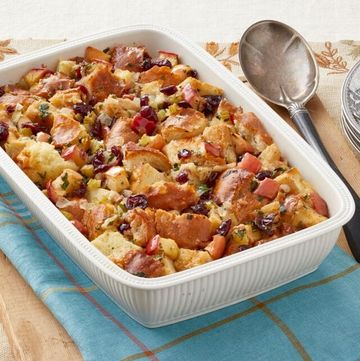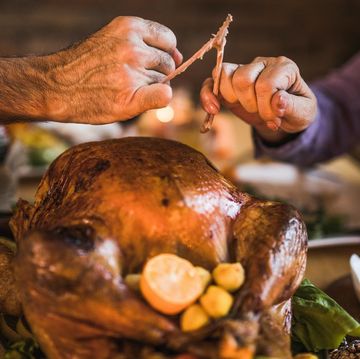If you're a frequent cook, odds are you have a bag of cornmeal sitting in your pantry right this very minute. Maybe it's there awaiting your next batch of skillet cornbread or perhaps it's there because you're just not so sure what to do with it.
A batch of jalapeño cornbread is a no-brainer, but that isn't all that cornmeal can be used for. It's used to give a crispy coating to Southern fried okra, fried green tomatoes, and fried shrimp and air fryer fish. It's also a key ingredient in hushpuppies and the ultimate Thanksgiving side dish: silky corn pudding. It can add flavor and heartiness to pancakes and waffles, too. But let's back up... what exactly is cornmeal, anyway? Lucky for you, we're here to crack the code.
The first thing to know about cornmeal is that it comes in different varieties. Yellow is the most common, but you'll spot white cornmeal and, sometimes, blue cornmeal on grocery store shelves, too. It also comes in different grinds, ranging from fine to medium to coarsely ground. For baking, your best best is tot stick with fine or medium ground cornmeal. The coarser the grind, the crunchier whatever you're making will be. Now, keep reading to find out exactly what this pantry staple is made from.
What is cornmeal made out of?
Cornmeal is made from ground dried corn kernels, but not the sweet corn you eat all summer. Instead, it's made with field corn, also called dent corn, that is less sweet and more starchy than your favorite corn on the cob. Once the corn has dried, the kernels are ground into the meal. This process used to happen by stone grinding, but today corn is typically ground using steel rollers.
Is cornmeal good or bad for you?
Cornmeal is a good source of fiber and selenium and is low in sodium and fat. It's also gluten-free, making it smart option for those who follow a gluten-free diet. Be sure to read your labels, though, to make sure the cornmeal wasn't processed in a facility that also processes gluten products. Know, too, that you're likely never going to eat cornmeal all by itself, so it's important to take note of the other ingredients in the recipe, as well.
Are cornmeal and cornbread the same thing?
No. Cornbread made with cornmeal, but the two aren't the same thing. To achieve a golden loaf of cornbread, it takes more than just cornmeal. There also has to be correct proportions of flour, salt, baking powder, and baking soda, and wet ingredients such as eggs and buttermilk somewhere in the mix to make it rise and become nice and tender.
